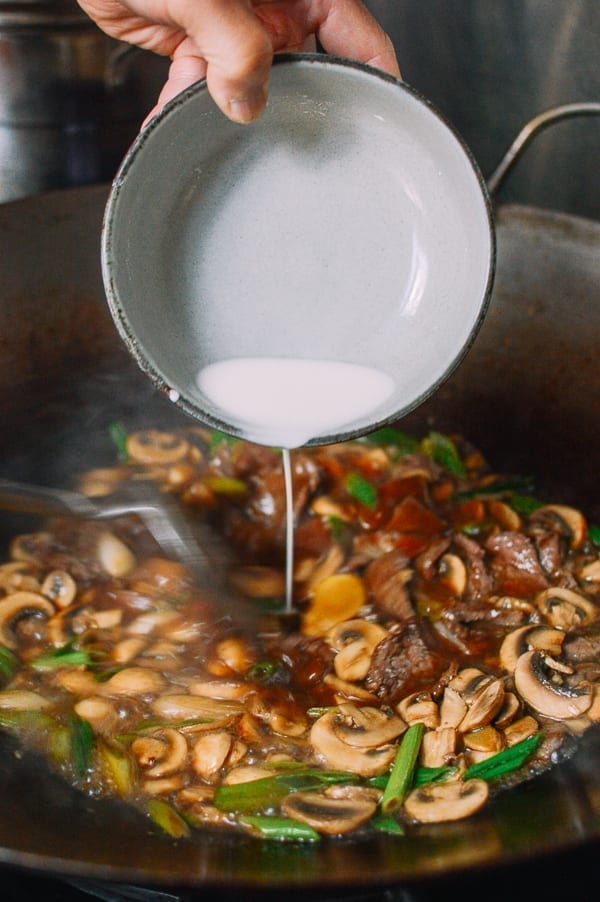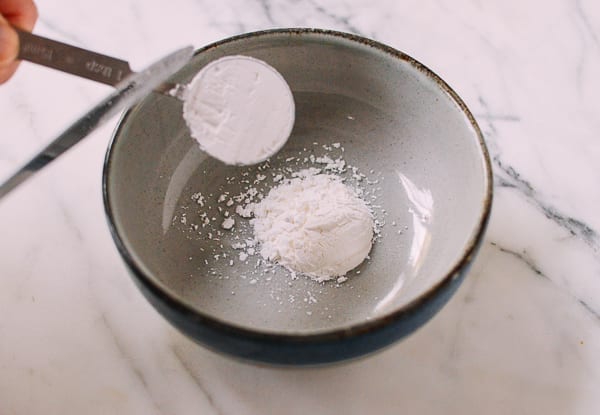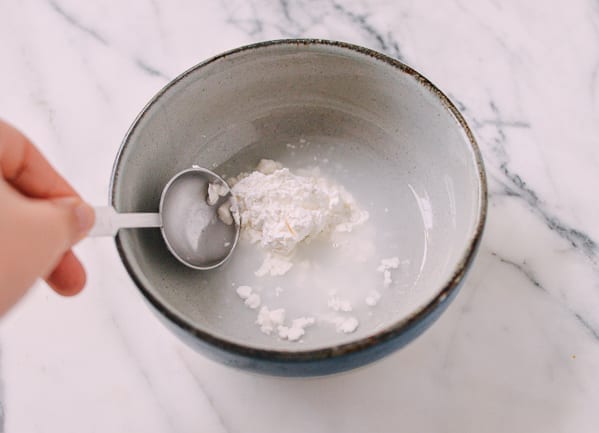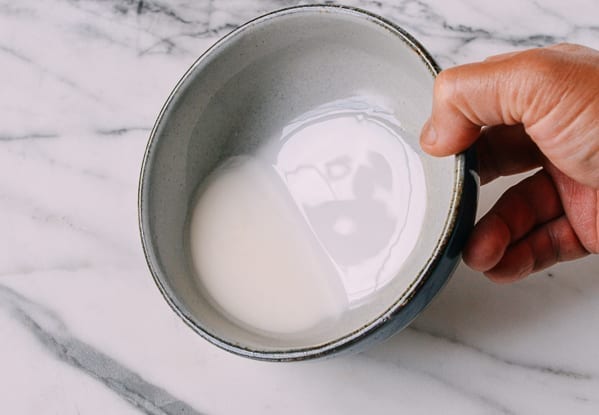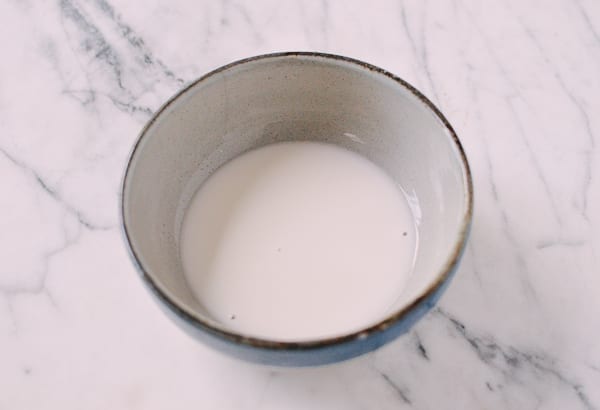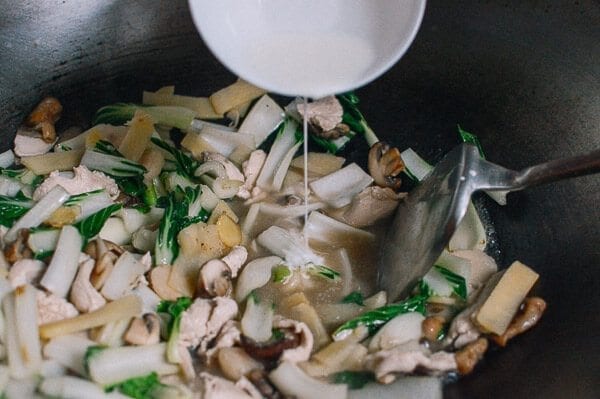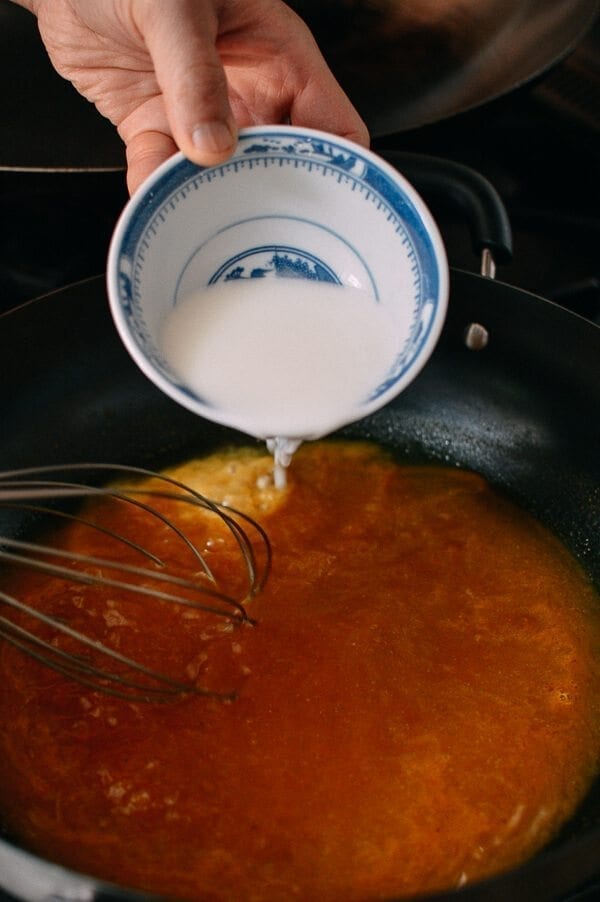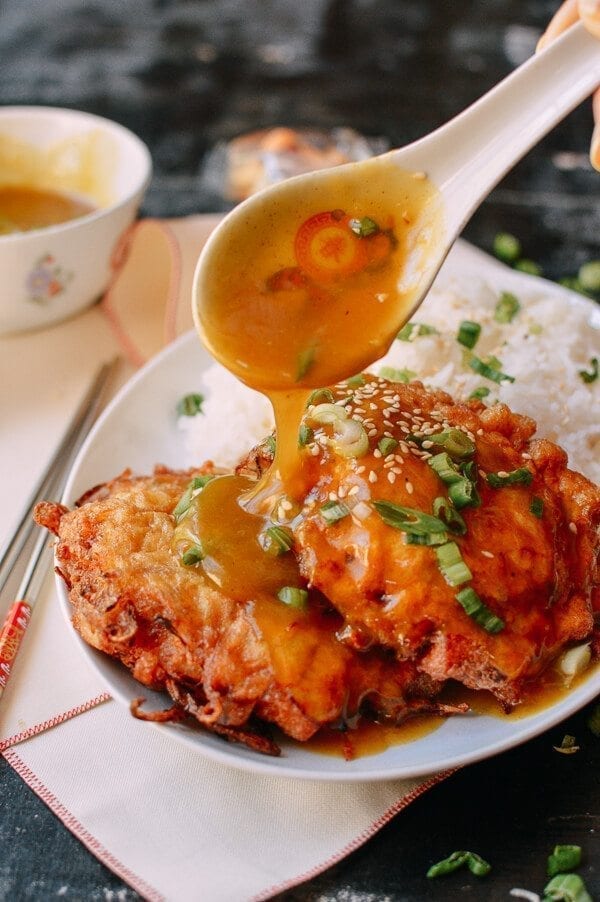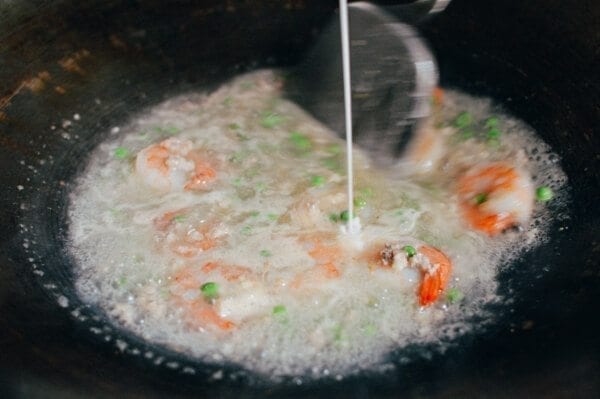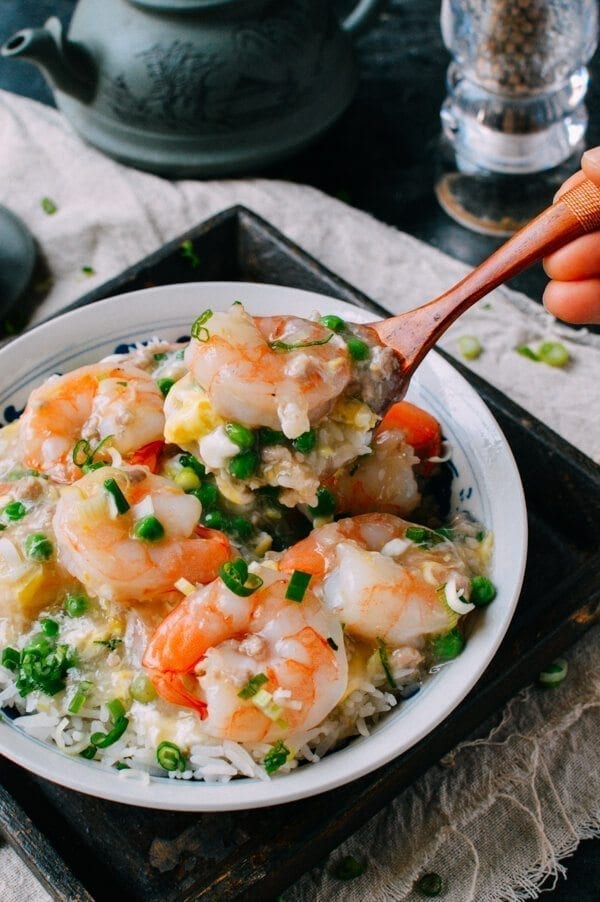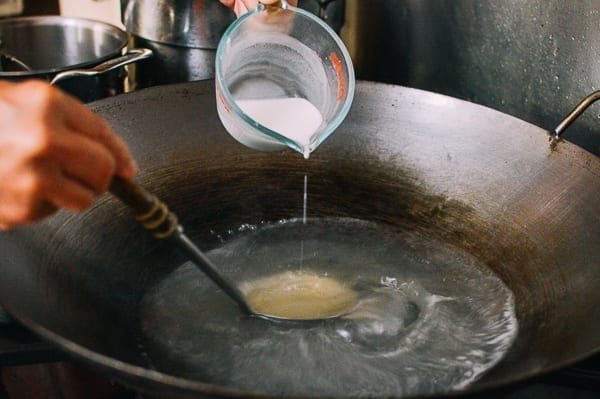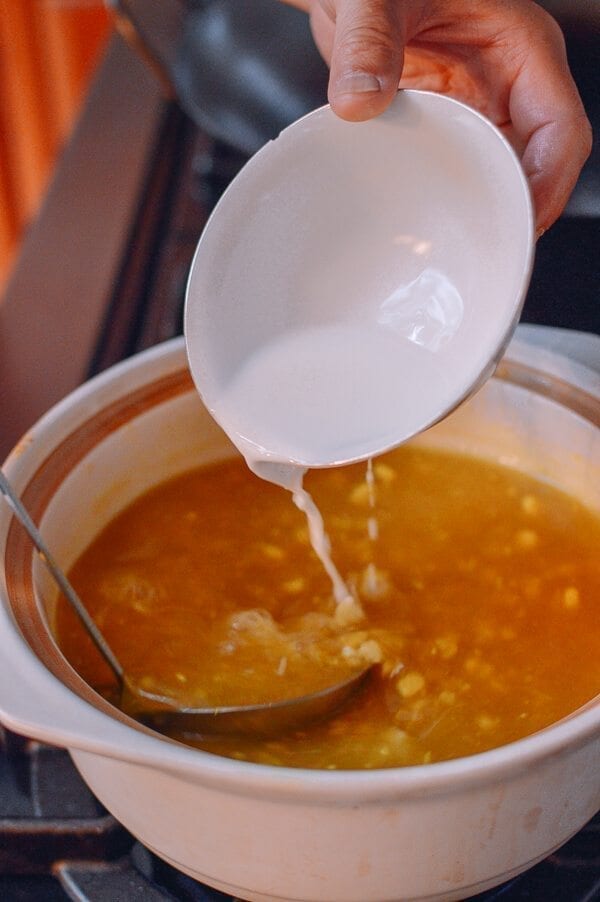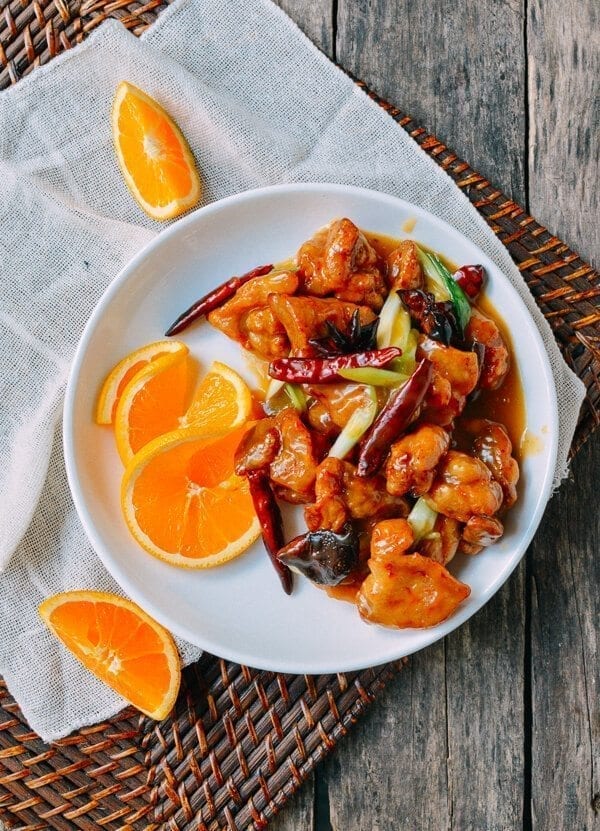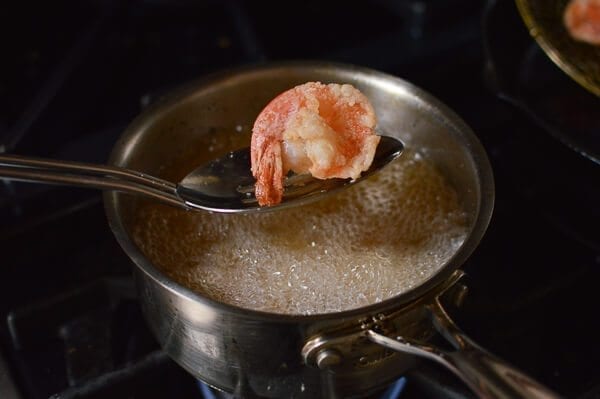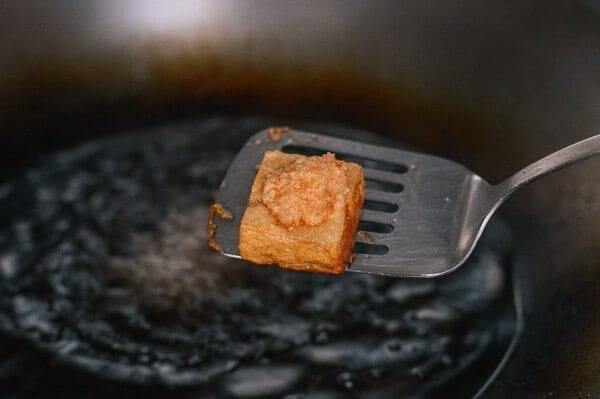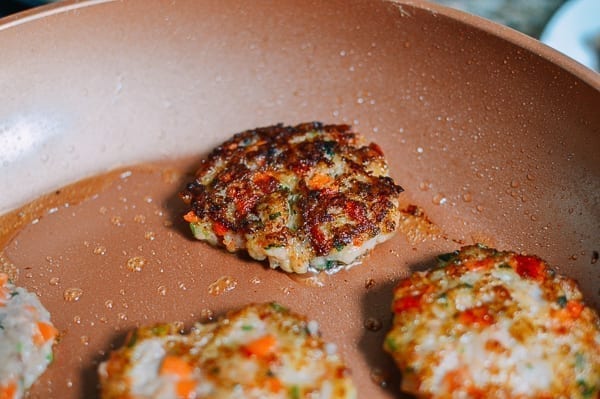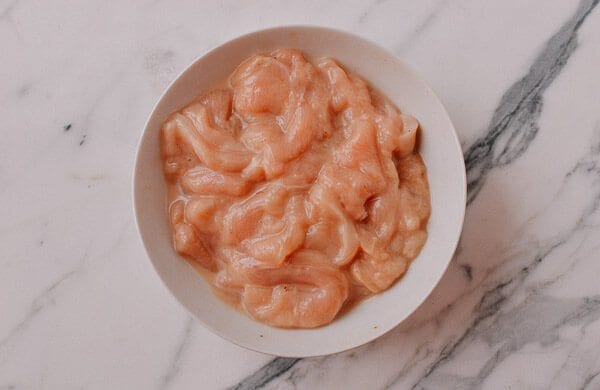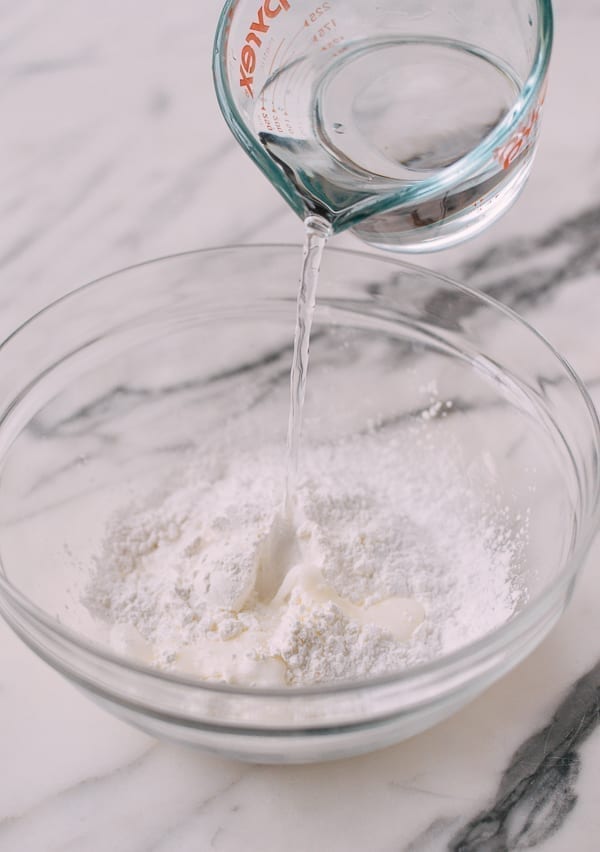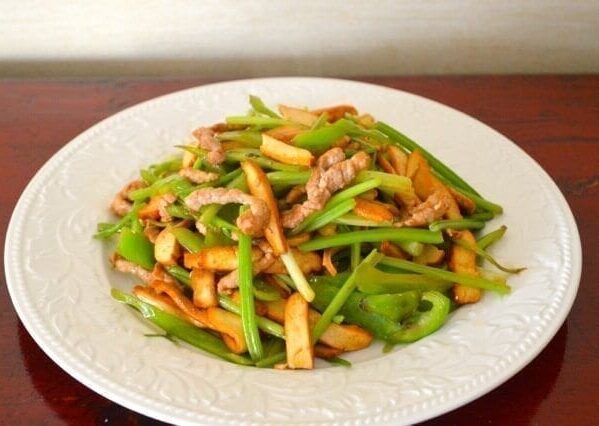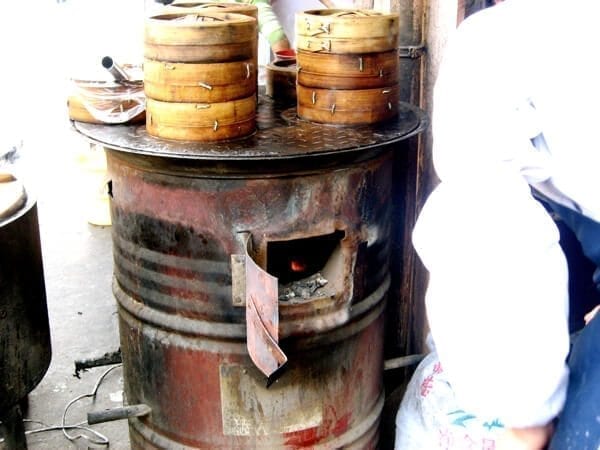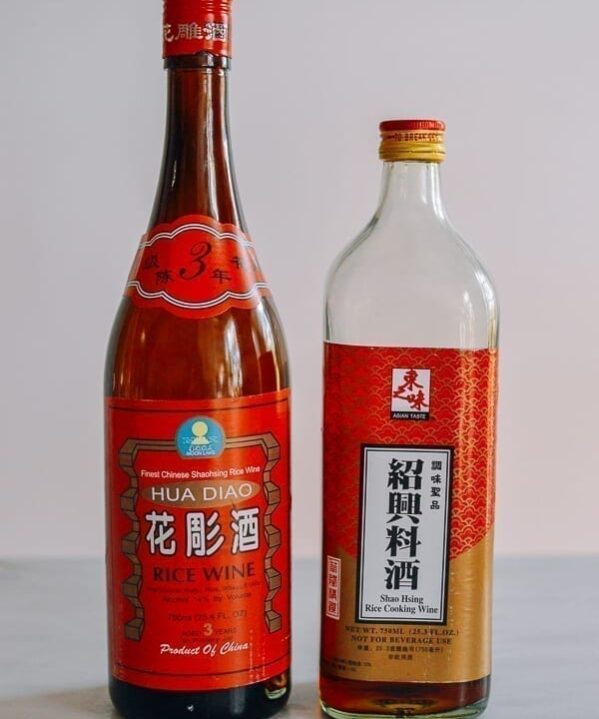Cornstarch is often used in Chinese cooking––in fact, it’s one of our suggested 10 essential ingredients for stocking your Chinese pantry. Though it’s virtually flavorless, it easily one of the most vital ingredients in a Chinese kitchen, with multiple uses.
In this post, we’ll uncover everything you need to get authentic results with Chinese recipes at home—all because of humble cornstarch!
How Cornstarch is Used in Chinese Cooking:
The main uses for cornstarch in Chinese cooking are:
- Marinating meats to create a velvety texture after stir-frying
- Dredging foods prior to deep-frying to achieve a perfectly crispy result
- Magically thickening soups, gravies, and stir-fry sauces
- Rounding out chewy doughs, noodles, and baked goods
Are cornstarch and corn flour the same thing?
We get this question from our readers all of the time. Cornstarch and corn flour—as it’s referred to in the UK and other British territories—are the same thing and can be used for the purpose of thickening sauce, gravies and soups.
That said, if you’re in North or South America, and you ask for corn flour, you might just get finely ground cornmeal instead. Technically speaking, cornmeal is made by grinding the entire corn kernel, and cornstarch is made with only the inside of the corn kernel (the endosperm)—without the germ and the outer shell.
Got that? If not, just look at the pictures below and make sure you have the right stuff. Cornstarch is a super white, very fine powder.
Why should I thicken with cornstarch instead of AP flour?
If you have ever made a Thanksgiving dinner gravy—and I know many of you have—you’re probably wondering, “Why can’t I just use all-purpose flour, as I would do for any gravy?” Well, here are some reasons:
- All Purpose Flour, when cooked, makes a sauce cloudy and dull, while cornstarch appears shiny and translucent. This gives meat and vegetables the attractive sheen you’ve undoubtedly seen at your favorite Chinese restaurant.
- The texture of cooked cornstarch is more velvety than a flour-based roux.
- Cornstarch is essentially flavorless, which means the intended flavors of a dish are not affected. Roux, when cooked longer, can take on a more caramelized/toasted flavor (anyone who’s ever made gumbo knows this).
- Cornstarch cooks much more quickly and has more powerful thickening abilities—twice that of an equal amount of flour in a shorter time. If you’re using flour as a thickener, and you don’t cook it long enough, you will taste raw flour. If you wait for the flour to cook properly, the meat and veggies in your stir fry will be overdone and limp.
Why is cornstarch so common in Chinese cooking?
Cornstarch is a staple in Chinese cooking because of its availability and convenience. While cornstarch is used in China, many Chinese cooks also cook with tapioca starch. In the West, cornstarch is more readily available and generally preferred.
The reason why cornstarch is so common is that it adds that perfectly silky texture to stir fries, soups, and sauces synonymous with great Chinese food. The secret? A cornstarch slurry.
What is a Cornstarch Slurry?
Quite simply, a cornstarch slurry is cornstarch mixed with cool water. In this form, cornstarch can be drizzled into soups and sauces for thickening without any powdery lumps forming.
How to Make a Cornstarch Slurry:
To make a cornstarch slurry, we generally use a 1:1 ratio of cornstarch to water.
Simply mix 1 tablespoon water and 1 tablespoon cornstarch until the mixture is homogenous (you can adjust the amounts according to how much slurry a dish needs). The cornstarch disperses when it comes in contact with water (note that the cornstarch disperses rather than dissolves. This type of mixture, with one substance dispersed into another, is known as a colloid. Science!).
The secret to authentic Chinese stir fries is that easy!
The one thing to remember is that cornstarch can settle and separate from the water quite easily (you can see how it clings to the bowl in the photo below), so it’s important to re-stir your cornstarch slurry right before using. Just use a clean finger or chopsticks to loosen and recombine your slurry right before you add it to food.
A Chinese Chef’s Secret
So how do the professionals deal with this problem of a cornstarch slurry separating and the continuous need to stir and re-stir? Just when you’re ready to add cornstarch to thicken and finish your dish, you find it has separated and requires a good stirring—meanwhile, what if your broccoli is over-cooking in your hot wok!? Or your noodles are burning?! What a pain!
Speed in professional wok cooking is vital, so to sidestep this separating effect, professional wok chefs mix a small amount of very hot water into the cornstarch slurry to cook the cornstarch just enough so it doesn’t separate into a hard layer of starch and clear water on top.
Partially cooking the starch suspends all of the starch molecules in the water so they don’t settle, yet the cornstarch still retains the majority if its thickening power.
I have to admit, I was pretty amazed the first time my father, a professional chef, showed me this technique.
Another important fact about using cornstarch is not to overcook your cornstarch or the starch will break down and your sauce or soup will thin out again. It has to be cooked just right so when the sauce or soup thickens, that’s the signal to turn off the heat.
Now that you’ve learned how the professionals use cornstarch, here’s a rundown of all the ways you can use cornstarch in Chinese cooking!
1. For Thickening Stir-fry Sauces
In this example of finishing our Beef and Mushroom Stir Fry below, you can see the thin stream of cornstarch slurry being drizzled into the sauce, while stirring it briskly with the wok spatula.
Using this technique ensures that you won’t get cornstarch lumps in your sauce. Try to use 75% of the slurry first while stirring, and let the sauce cook for 15 to 20 seconds. Then check the thickness of the sauce.
Use more if the sauce needs more thickening or if the sauce is the way you like it, save the rest of the slurry for another time. The quantities of cornstarch and water we give in our recipes are really “best estimates” because there are so many variables during cooking so this is a good example of where you want to cook by sight. Before long, you’ll get the hang of how much slurry you need to add according to your own preferences.
Below is the same technique used for Moo Goo Gai Pan. As you can see, cornstarch does not add any color at all, so it can be used for brown or white sauces—but it transforms what was previously a broth to a silky sauce.
Ideally, the sauce should be thick enough so it just coats the meat and vegetables. However, the amount of sauce you create for your dish is always a personal preference. And remember, don’t continue to cook the sauce after it has thickened or the starch will break down and your sauce will thin again when cooled.
2. For Thickening Gravies
For gravies in dishes like Chicken Egg Foo Young, a larger amount of cornstarch slurry is needed.
It is very important to constantly stir the gravy with a whisk, so no lumps form. It’s also important to cook the gravy with the added cornstarch until it comes back up to a simmer before checking the thickness, as the heat “activates” the thickening agent.
And remember, hot gravy will thicken slightly as it cools, so be careful not to add too much!
Shrimp with lobster sauce is another one of those dishes that has a substantial amount of sauce in the dish. It’s usually best to thicken sauces before adding any final ingredients, like egg or scallions, so they don’t overcook.
3. For Thickening Soups
Some Chinese soups, especially ones you’re probably familiar with from takeout restaurants like Hot and Sour Soup and Egg Drop Soup, are translucent broths with a thick consistency and a suspension of meat, tofu, and/or vegetables.
Again, cornstarch is an ideal thickener, given its lack of color and silky texture. It lets the smooth egg whites, silken tofu, and clear broth in our Shepherd’s Purse Tofu Soup shine.
When thickening soups with a cornstarch slurry, remember to keep the soup swirling while slowly adding the cornstarch, which you can see in this photo of Chicken Corn Egg Drop Soup. Presentation is always key in Chinese cooking!
4. For Dredging, Deep Frying, and Pan Frying
Chinese cooking uses cornstarch for frying to yield a light yet crisp crust. It’s a much better choice than all-purpose flour, which can be heavy and take too long to crisp up, resulting in over-cooked or oil-logged fried foods.
Sometimes, dishes are fried and tossed with aromatics, like in Cantonese Salt and Pepper Pork Chops and Salt and Pepper Shrimp.
In other applications, the ingredients are fried and tossed in a sauce, like in Orange Chicken and Cantonese-Style Ginger Scallion Lobster. It’s important, particularly in those saucy recipes, that the crust be light, delicate, and really cling to the food.
No one wants their fried bits falling off in the wok!
Frying with cornstarch is easy, because all you need to do is lightly dredge the ingredients in cornstarch. No egg / flour / milk sequences required!
In the photo below, you can really see how cornstarch provides a thin yet crispy crunch that clings to shrimp and won’t flake off like a flour-dredged crust. You can see how we do it in our full Banquet-Style Walnut Shrimp recipe.
The same is true for frying tofu. Tofu tossed in a light coating of cornstarch makes all the difference.
See the full details and steps in our recipe for Crispy Skin Stuffed Tofu.
Cornstarch works just as well for pan-frying foods too! Our Chinese Shrimp Cake recipe uses cornstarch as a binder and a crisping agent.
5. For Marinating Meats
You’ve probably seen that almost all of our stir-fry recipes use meat marinated in a mixture of cornstarch and oil, sauces, and seasonings.
This technique is known as velveting, because meats marinated with cornstarch have a velvety smooth texture on the outside and retain moisture on the inside.
All it takes is a teaspoon or two of cornstarch per pound of meat. As an example for how to marinate beef, check out our post on How to Prepare Beef for Stir-fry.
6. For Dough and Noodles
Cornstarch is an ingredient in some noodles, like our cheung fun rice noodle recipe used in our dim sum Zhaliang (Fried Dough Rice Noodle Rolls).
It’s also an ingredient in our Old-fashioned Chinese Almond Cookies, to yield a crisp and crunchy cookie.
Cornstarch Substitutes
If you don’t have cornstarch, there are some substitutes you can use with very similar or even better properties, depending on what you’re cooking. (But cornstarch is still the best multi-purpose ingredient in our opinion.)
Tapioca starch is very similar to cornstarch in terms of its use as a thickening agent, and is actually the preferred starch in China. Tapioca starch’s thickening power is similar, and it has the same translucent color and texture. Tapioca powder is even silkier in texture, and is a great substitute for meat marinades also.
Potato starch can also be used as a thickener in a pinch, but cornstarch or tapioca starch are definitely preferred. Potato starch is better for dredging and deep frying, because it yields a crispy crust and texture. French fries made with potato starch fry up even better than with flour or cornstarch, and our kimchi pancake (kimchijeon) made with potato starch has an excellent chewy, crisp texture.
How to Use Cornstarch in Chinese Cooking
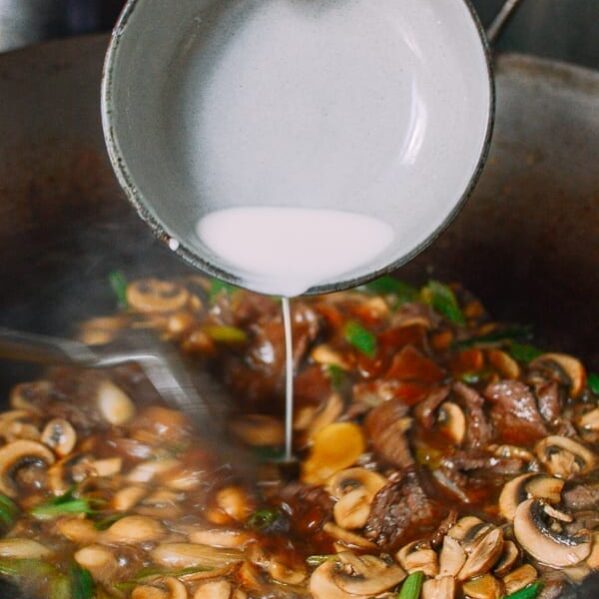
Ingredients
- 1 part cornstarch
- 1 part water
Instructions
- Mix 1 tablespoon cornstarch with 1 tablespoon water to thicken sauces in stir fries.
- Use 1/4 cup to 1/3 cup cornstarch with equal amount water for soups.
